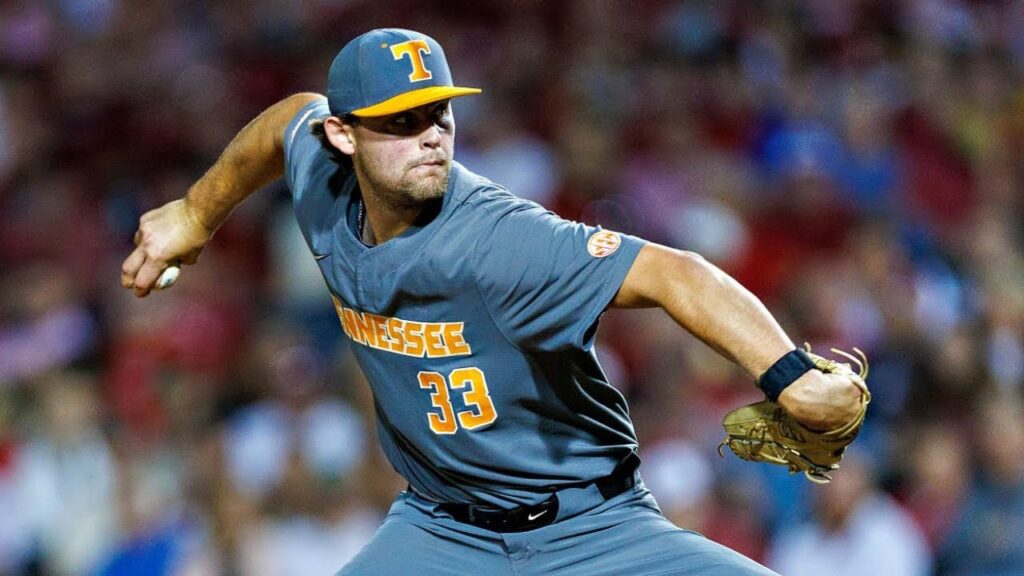The 2025 MLB Draft is in the books, and while we wait to see who signs and who heads to or back to school, let's check out some draft hauls.
The rankings and analysis below are based on data, utilize Joe Doyle's Final Draft Board and a consensus of public boards as a guideline, plus intelligence from industry personnel.
Haul rankings are presumptuous at this stage, with reasonable expectations that key selections will sign.
Note: These aren't farm system rankings or even ranking the team's performance in the draft, simply the collection of talent added given the opportunities to each club.
DOYLE: 2026 Top 100 College | 2026 Top 100 High School

